A drug is any substance that can alter how a person’s body and mind function. Certain substances are “controlled substances” due to their addictive and potentially harmful nature. Over-the-counter and/or prescription drugs are usually not controlled substances. However, both the misuse of over-the-counter and prescription drugs, and use of illicit drugs can lead to drug abuse and overdose. The current epidemic of drug overdoses began in the 1990s with overdose deaths involving prescription opioids, driven by dramatic increases in prescribing of opioids for chronic pain. In 2017, the United States (US) Department of Health and Human Services declared a public health emergency to address the national opioid crisis.1
Why It’s Important
Drug misuse and overdose contribute to the nationwide lowering of life expectancy and overall mortality. In the US, there were over 100,000 drug overdose deaths during a 12-month period ending in April 2021, indicating a 29% increase from the year prior.2 Health impacts of drug addiction include weakened immune system, cardiovascular disease, cancer, mental disorders, and stroke. The economic impact of opioid use disorder and fatal opioid overdose combined was $1.021 trillion in 2017, of which cost the state of Hawai’i $1.718 billion.3
What Is Known
In 2019 in Hawaiʻi (YRBS):
- 17,600 high school (HS) students have ever used an illicit drug (marijuana, cocaine, ecstasy, methamphetamines, illegal drugs injected by needle, or prescription pain medicine without a prescription) – 39.0% of HS students.
- 10,000 students have used marijuana in the past 30 days – 17.2% of HS and 7.2% of middle school (MS) students.
- 9,900 students have ever used prescription pain medications without a prescription or other than instructed – 14.4% of HS and 10.6% of MS students.
- 3,200 students have ever used methamphetamines (speed, ice) – 4.5% of HS and 3.7% of MS students.
- 3,500 students have ever used some form of cocaine – 5.8% of HS and 2.8% of MS students.
Who Is at Risk
Risk factors for drug misuse and addiction include:
- Early aggressive behavior
- Early use of drugs
- Community poverty
- Drug availability at school
- Having family members who use drugs, misuse alcohol or break the law
- Lack of parental supervision
- Low peer refusal skills4
How To Reduce Risk
Protective factors of drug misuse and addiction include:
- Building self-efficacy and control early on in childhood
- Parental monitoring and support
- Community resources
- Positive relationships with peers4
Other ways risk of drug overdose can be reduced include:
- Reducing stigma associated with substance use.
- Connecting individuals to overdose education, counseling and treatment.
- Following the prescription medication directions as explained on the label.
- Being aware of potential interactions of prescription medication with other drugs, including alcohol.
- Never stopping or changing a prescribed dosing regimen without first discussing it with the doctor.
Page last updated July 29, 2022.
References
1Assistant Secretary of Public Affairs (ASPA). What is the U.S. opioid epidemic? HHS.gov. https://www.hhs.gov/opioids/about-the-epidemic/index.html. Published October 27, 2021. Accessed July 14, 20122.
2 U.S. overdose deaths in 2021 increased half as much as in 2020 – but are still up 15%. Centers for Disease Control and Prevention. https://www.cdc.gov/nchs/pressroom/nchs_press_releases/2022/202205.htm. Published May 11, 2022. Accessed July 14, 20122.
3State-level economic costs of opioid use disorder and fatal opioid overdose – United States, 2017. Centers for Disease Control and Prevention. https://www.cdc.gov/mmwr/volumes/70/wr/mm7015a1.htm. Published April 15, 2021. Accessed July 14, 20122.
4 What are risk factors and protective factors? National Institutes of Health. https://nida.nih.gov/publications/preventing-drug-use-among-children-adolescents/chapter-1-risk-factors-protective-factors/what-are-risk-factors. Published May 25, 2020. Accessed July 14, 20122.

PUBLICATIONS
- Hawai‘i State Epidemiological Profile: Selected Youth and Adult Drug Indicators (PDF)
- The Hawai‘i Opioid Initiative 2.0 – A Statewide Response to Opioid Use and Other Substance Misuse
- 2019 Annual Surveillance Report of Drug-Related Risks and Outcomes: United States
- Facing Addiction in America: the Surgeon General’s Spotlight on Opioids




